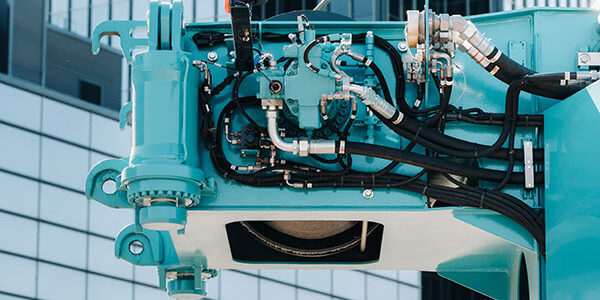Replacing your operation’s material handling equipment can be a costly, time-consuming endeavor. Beyond the cost of repairs, downtime can cause your efficiency to plummet and, as a result, loss of production time can lead to decreased profitability. Because of this, it’s important to perform regular conveyor belt maintenance to ensure that your belts aren’t mistimed, blocked, seized, or slipping. These issues – even if they appear to be minor – can snowball into big problems. Today, we’re going to cover three easy things your staff can add to their maintenance routine to avoid costly failures.
1. Address debris buildup
Regularly cleaning your conveyor belts is one of the easiest, most reliable ways to extend their life. Especially in the food industry, product buildup can lead to damage and inefficiency. To avoid this, your staff should loosen, clean, and re-track your belts on a regular basis. But, make sure they’re using the correct cleaner, as your belts may require special cleaners that are less harsh than standard options.
2. Properly store your conveyor belts
If you have replacements ready to go, you should ensure they’re stored properly so that their lifespan isn’t shortened before they even get a chance to perform. Always be certain that your belts are kept elevated and stored in a clean, dry place that is away from areas of extreme temperature.
3. Correctly tension your belts
When it comes to conveyor belt maintenance, one of the biggest causes of failure is overtension. Overtension won’t just damage your belts, it’ll damage your equipment. Causing extreme wear on bearings, rollers, and pulleys, it can lead to extremely expensive equipment failures that can have your line down for hours… if not days.
If you’re concerned about your equipment’s performance and want an expert’s opinion on how to maintain your conveyor belts, reach out to the experts at Great Lakes Belting today to learn how we can help.








